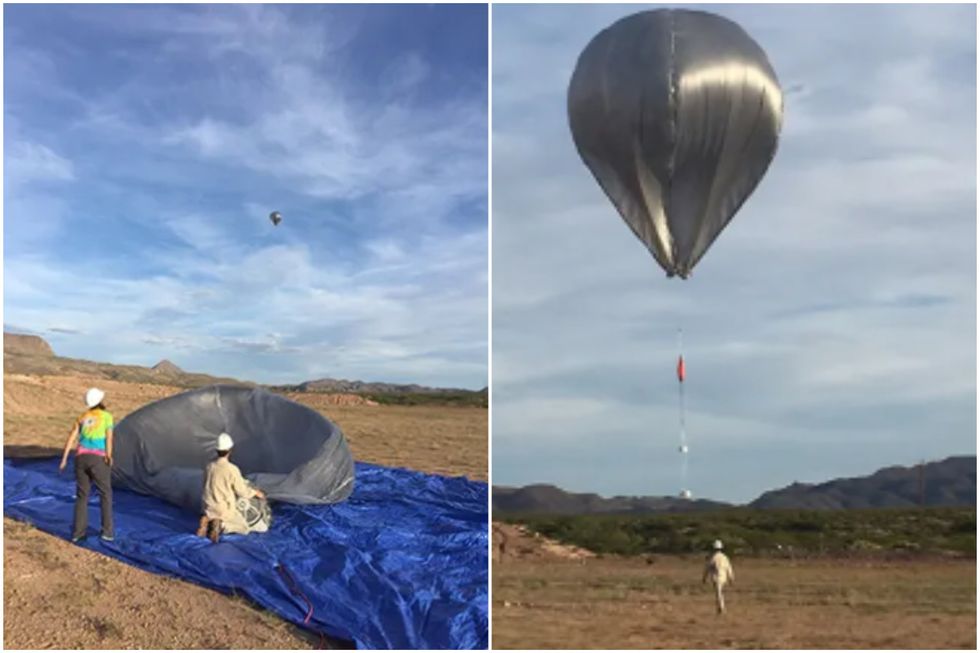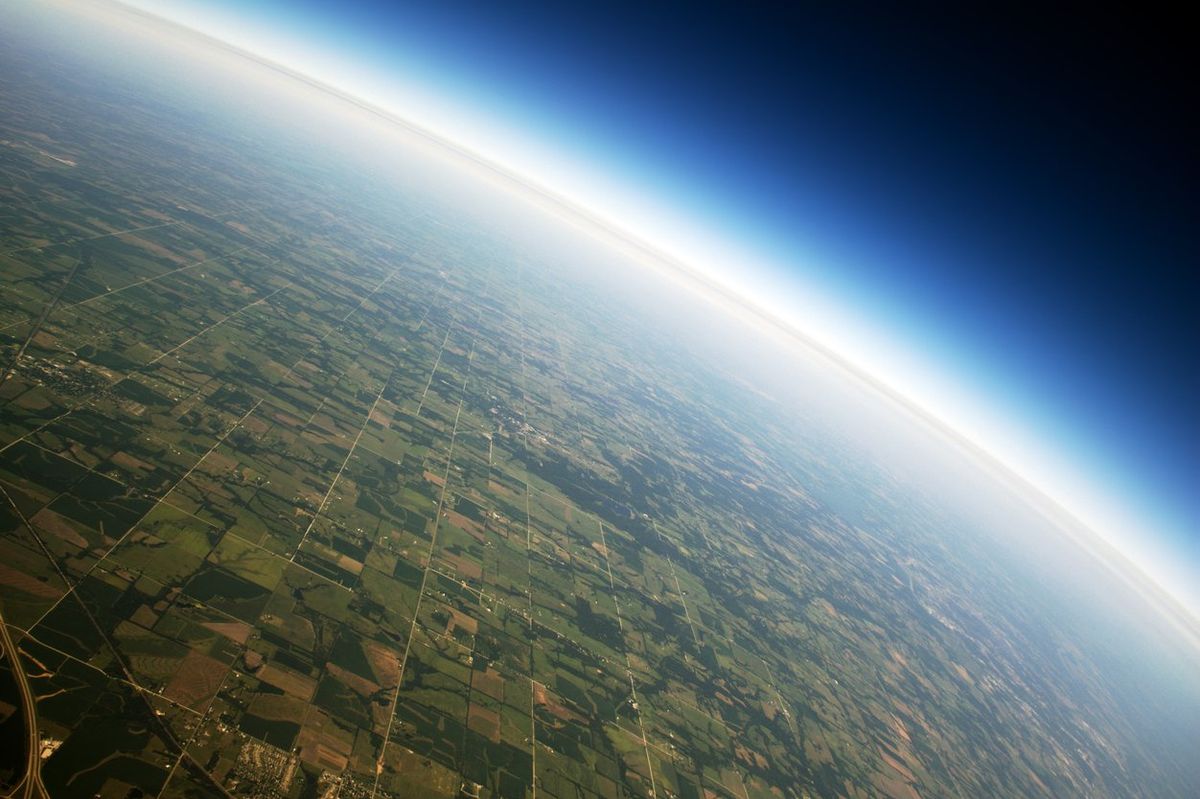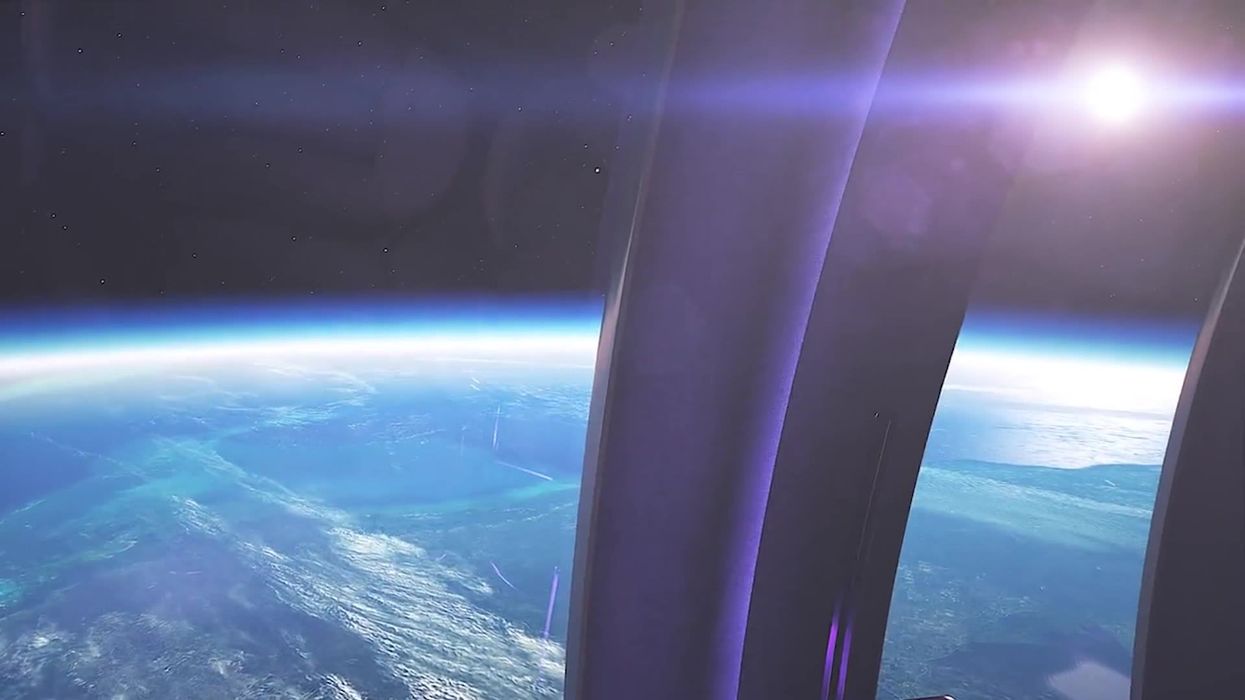Science & Tech
Harriet Brewis
May 15, 2023
View from space capsule aiming to launch passengers into stratosphere from 2024
content.jwplatform.com
The stratosphere seems like a pretty dreamy place to be: way above the stresses of life down here on Earth, and even above the weather, it’s a region of relative peace and tranquillity.
Yet, here in the second layer of our atmosphere, scientists have been picking up a range of sounds that can’t be heard anywhere else.
These include natural sounds, such as the crash of ocean waves and thunder, and human-made sounds like the whirring of wind turbines.
However, they also include “mysterious” sounds whose origin is flummoxing experts.
Sign up for our free Indy100 weekly newsletter
A team of researchers, led by Daniel Bowman of Sandia National Laboratories, used balloons spanning 6-7m (around 20ft) across) fitted with microbarometers to make the eerie findings.
These barometers, initially designed to monitor volcanoes, can catch sounds that are too low-frequency for the human ear to detect.
Bowman explained that despite their size and data collection capabilities, the balloons are actually quite easy and cheap to make.

“Our balloons are basically giant plastic bags with some charcoal dust on the inside to make them dark. We build them using painter’s plastic from the hardware store, shipping tape, and charcoal powder,” he explained in a statement.
“When the sun shines on the dark balloons, the air inside heats up and becomes buoyant. This passive solar power is enough to bring the balloons from the surface to over 20 km (66,000 ft) in the sky. Each balloon only needs about $50 (£40) worth of materials and can be built in a basketball court.”
Once the balloons reached the stratosphere, they began collecting data, and this is when the researchers noticed something unexpected.
“[In the stratosphere,] there are mysterious infrasound signals that occur a few times per hour on some flights, but the source of these is completely unknown,” he explained.

The importance of the stratosphere can’t be overstated: it’s where the ozone layer is located which shields us all from the Sun’s most potent ultraviolet light.
So what could be behind these mysterious noises? More research will be needed to figure that one out.
But the hope is that, soon, solar-powered balloons will help us to explore other planets, for example observing Venus’ seismic and volcanic activity through its thick atmosphere.
Have your say in our news democracy. Click the upvote icon at the top of the page to help raise this article through the indy100 rankings.
Top 100
The Conversation (0)














